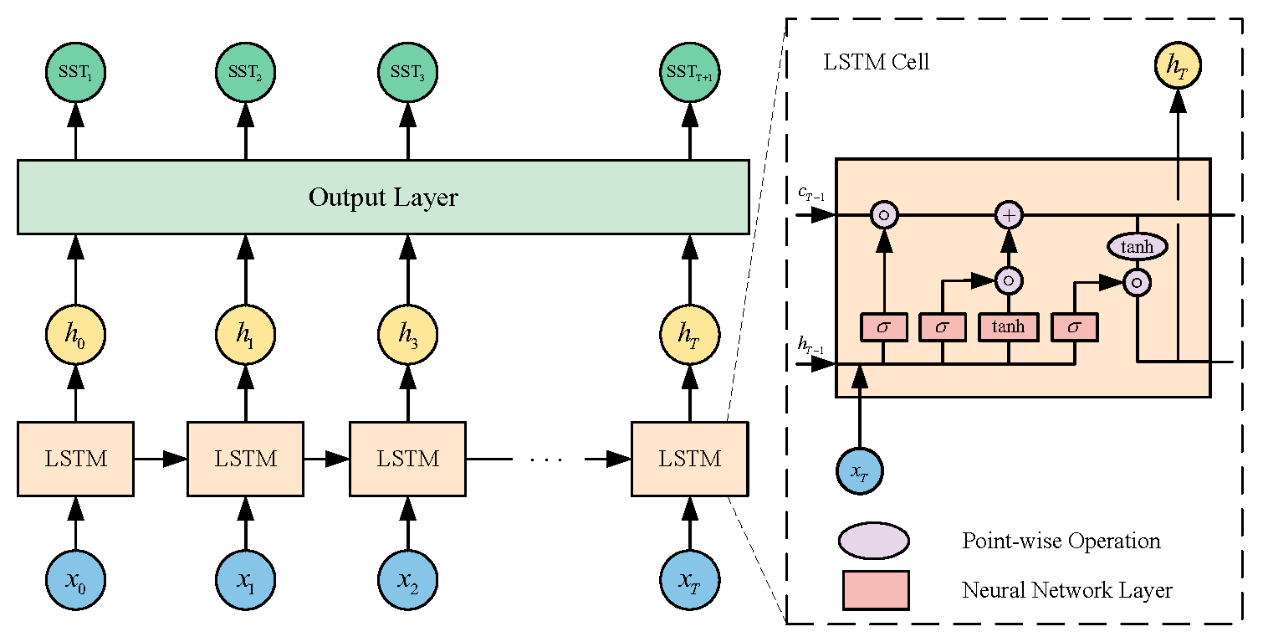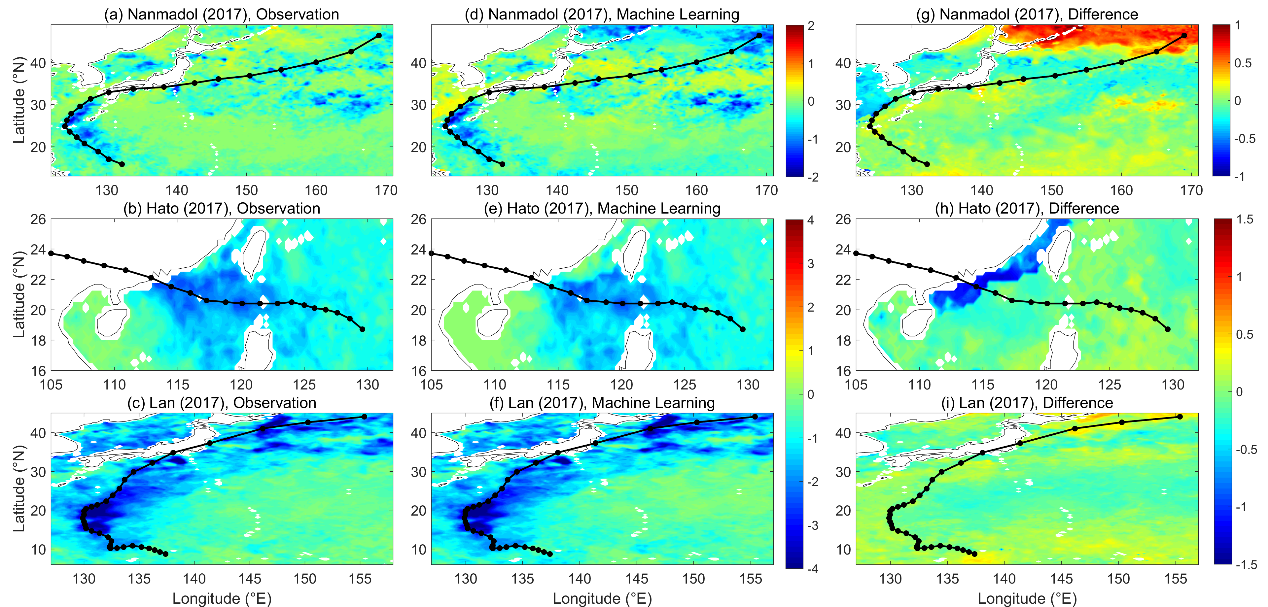Program
Recently, associate researcher Zhang Han of the SIO and the co-authors published the research findings entitled “Deep learning approach for forecasting sea surface temperature response to tropical cyclones in the Western North Pacific” on the Deep Sea Research Part I: Oceanic Research Papers. A deep learning model for predicting changes in sea surface temperature after tropical cyclones in the northwest Pacific was constructed in this study. Zhang Han is the first author of the paper, and the co-authors include Professor Zhu Yanmin from Shanghai Jiao Tong University and its graduate students Jing Mengyuan and Li Longjie, Zhang Haoyu, a graduate student jointly trained by the SIO and Shanghai Jiao Tong University, researcher Tang Jie and associate researcher Zheng Yunxia from Shanghai Typhoon Research Institute of China Meteorological Administration, and associate researcher Tian Di of the SIO. Tropical cyclones (TCs) induce sea surface temperature cooling (SSTC), which is important for TC development itself as well as for variations of regional air-sea environment. TC-induced SSTC patterns and its prediction is still a challenge of of current scientific research and operational forecasting. In this study, a long short-term memory (LSTM) neural network deep learning model is developed to forecast TC-induced SSTC in the western North Pacific (WNP) using TCs during 2002-2016 as training cases and TCs during 2017-2018 as prediction and test cases. The 6-h TC-induced SSTC biases to the right-rear area of TC center, with a maximum of 0.6 °C on average, while SSTC is greater in higher latitudes than lower latitudes. The input variables for the deep learning model are surface wind at 10 m (U10 and V10), sea surface height (SSH), sea surface temperature (SST), and temperature at 100 m depth (T100), the output variable is SST 6 h after TCs. The model can predict TC-induced SSTC patterns, with an average mean absolute error of ~0.081 °C, a root mean square error of ~0.126 °C and a spatial anomaly correlation coefficient of ~0.948. This work indicates that post-TC SSTC follows similar physical processes and nonlinear relationships with TC wind, initial SSH and ocean temperature, especially in deep-water regions. Although with some limitations, the deep learning model has the potential to be applied to operational forecasts.

Figure 1. Flow chart of the machine learning neural network model adopted in this study

Figure 2. SST anomalies caused by tropical cyclones Nanmadol, Hato, and Lan in 2017, and the results of (a-c) remote sensing observation, (d-f) machine learning, and (g-i) observation minus machine learning
Paper Citation: Zhang H, Jing M, Zhang H, Li L, Zheng Y, Tang J, Tian D, Zhu Y, 2023. Deep learning approach for forecasting sea surface temperature response to tropical cyclones in the Western North Pacific. Deep Sea Research Part I: Oceanographic Research Papers, 197, 104042. https://doi.org/10.1016/j.dsr.2023.104042



